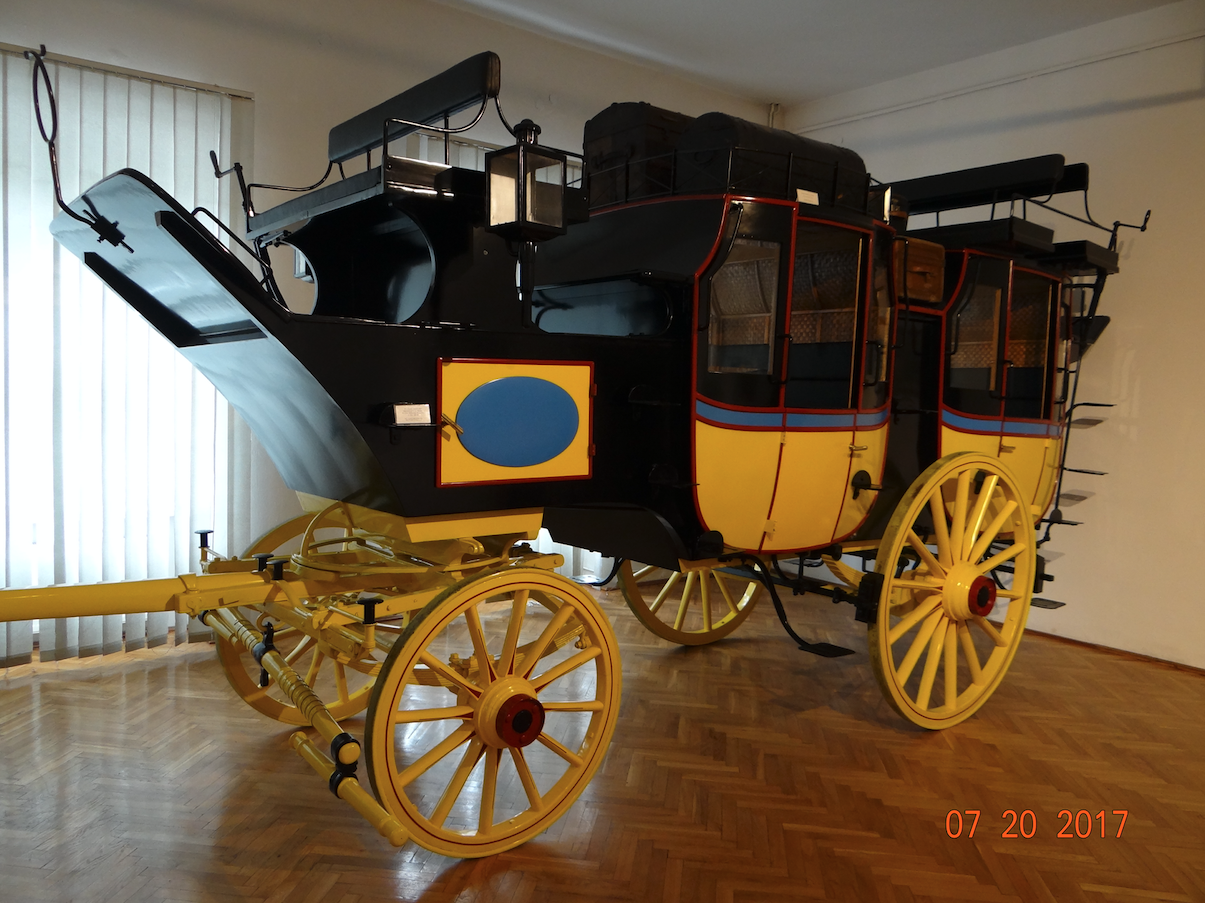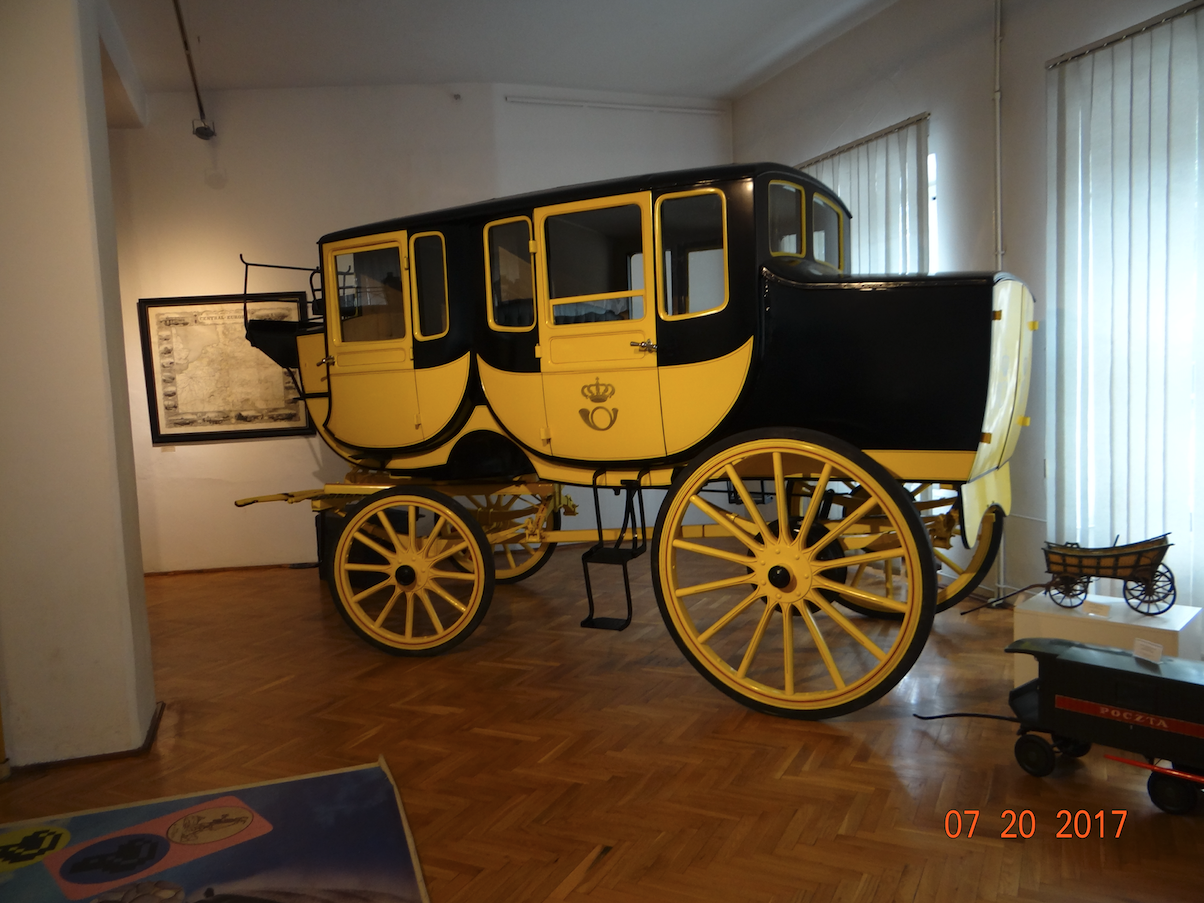Kraków 2022-01-28
History of steam locomotives in the 19th century.
Part 01. 2022 year.
Steam engine.
A steam engine is a steam engine, usually steam. In 1711, a steam engine was used to drive pumps that drained the mines. They were engines operating at very low steam pressure (up to 2.5 at), but they worked well. In the following years, steam engines appeared, which at the output had a rotary motion, not only reciprocating motion (1732). In 1783, the first steam-powered ship was built.
In the first half of the 19th century, steam engines made their way into heavy industry. They produced: steam hammers, metallurgical rollers, mine lifts, and the drive of metallurgical bellows. Steam propulsion allowed for the creation of mass production. There were also more or less successful road vehicles that were powered by steam engines.
Steam locomotive Penydarren.
In 1801, in England, engineer Richard Trevithick built a stationary diesel steam engine. He also built road vehicles powered by a steam engine. Then, in 1803, he built the Penydarren steam locomotive, based on his engine at the Penydarren mine. The locomotive had a B-axis system and a curb weight of 5,000 kg. The steam locomotive was used experimentally to drive freight trains at the Penydarren smelter in Merthyr Tydfil, Wales. In 1803, Richard Trevithick built a new steam carriage for 12 passengers, which he demonstrated on the streets of London. On February 21, 1804, Trevithick's steam engine hauled a 25,000 kg train carrying 70 passengers along the tracks and traveled 16 km from the Penydarren smelter at Merthyr Tydfil to Abercynon in 4 hours 5 minutes.
Steam locomotive Puffing Billy.
A successful steam locomotive was the Puffing Billy by engineer William Hedley in 1813. The locomotive has two driven axles in the steam locomotive and two tendra rolling axles. The locomotive weighs 9,240 kg. Boiler with a pressure of 3.4 at. There are two cylinders in the drive train. The design speed is 8 km / h. The steam locomotive was made mainly of copper and iron alloys. The Puffing Billy steam locomotive is considered to be the first smooth track steam engine suitable for practical use. The locomotive was used to drive freight trains. This locomotive is now the oldest surviving one in the world and an active exhibit at the London museum. The plans for the next steam locomotives of engineer William Hedley have been preserved. Among other things, a steam locomotive with four driving axles.
George Stephenson.
However, the history of the railroad gave priority to the constructor George Stephenson, who, in 1830, built the first railway line in England. It connected the Darlington coal basin with the port of Stockton. Built by George Stephenson, the locomotive pulled 34 wagons, including 22 wagons with 450 passengers and 12 wagons with coal and flour. The train covered the 16 km Darlington - Stockton section in 125 minutes. On one of the sections (descents), the train reached a speed of 39 km / h. The whole train weighed about 80 tons.
Undoubtedly, it was an important stage in the use of the steam engine in transport. There were already iron tracks and carriages that were moved by horse-drawn carts or by the strength of human muscles. The steam locomotive was the last piece of the puzzle. In 1823, the constructor George Stephenson, together with his son Robert, opened the world's first steam locomotive factory.
Construction of a steam locomotive.
In 1830, a steam locomotive already had all the basic elements: a boiler with accessories, steam engines, a mainstay with a drive and drive system, and a supply of water and coal. The wheels were sprung. The cauldron was already with the fire placed in the water box. There were fire pipes and a smoke box with a chimney. The chimney draft was supported by used steam. The boiler was pressurized up to 4 at. A steam collector was placed on the boiler. It was a boiler to produce wet saturated steam. The steam goes through the system of pipes and stumps into the cylinder and sets the reciprocating piston in motion. Since the steam is directed one time to the other side of the piston, the engine does the work with each movement. There are no idle strokes.
From the very beginning, the locomotives had at least two engines, shifted to each other by 90 degrees (which can be seen on the driving wheels), therefore the locomotive can move from any position, with great tractive force.
Feeding the next portions of water to the boiler was a big problem. Initially, water pumps were used, which were driven by eccentrics placed on the axles of the wheels. But such a pump fed water to the boiler only during the movement of the locomotive. Later, an additional small steam engine was built that fed water to the boiler even at a standstill. In 1857, a steam injector was developed to feed water to the boiler. Cold water fed directly to the boiler has a negative effect on the heat balance of the boiler, therefore the water can be heated earlier with the steam already used.
It is bad for steam to come into contact with cold parts, as it will condense immediately and will not do any work anymore. Condensation in the engine can even crack the engine housing. Therefore, the engine was placed closer to the hot boiler.
When the steam presses on the piston, it expands, and we want the steam to work along the entire length of the piston movement. Therefore, steam is supplied almost for the entire stroke of the plunger. The length and diameter of a steam engine cylinder is calculated from the vapor pressure, the amount produced in the boiler and the experience gained earlier.
Saturated (wet) steam is not the best solution. Dry (overheated) steam would be better. The problem was that it was difficult to generate overheated steam in the locomotive. The experiments began in 1839 and were conducted by the Hawthorn brothers, among others. But the first successful Schmidt system, namely the superheater, was developed by the Prussian engineer Wilhelm Schmid. This superheater was not used until 1897. But it must be remembered that in the 1930s, steam shunting locomotives without an overheater were built, because these locomotives could be put into operation faster.
Dry (overheated) steam. One liter of water at a temperature of 200 degrees Celsius yields 125 liters of steam, with a pressure of 15 at, but at the same pressure at 350 degrees Celsius, there will be 165 liters of steam, 1/3 more, with a slightly higher consumption of carbon. Importantly, dry steam behaves like gas and does not condense in the engine.
We have written about other aspects of steam locomotive construction in the following chapters.
Poland under partitions in the 19th century.
Already on June 14, 1845, the railroad reached the Vistula, when Poland was under partitions. On that day, the first train traveled the route Warsaw - Grodzisk Mazowiecki. It was the first part of the Warsaw-Vienna railway.

Description of the photo: The photo shows a large mail stagecoach from 1870, from the factory in Charlottenburg. The vehicle is in the collection of the Museum of Post and Telecommunications in Wrocław. The vehicle is 5.70 m long, 2.00 m wide, 2.90 m high. 23 people could travel on this stagecoach. There was room for 6 people in each cabin. The rest sat on high-placed benches. There was a luggage room on the roof and a lockable letterbox at the front. There were two places for postillions who were also coachmen. One of them was sitting on the "goat" in front and was driving. The other sat in the back and operated the second mechanical brake with a visible crank. On the sides of the coach there are two lanterns so that you can go after dark. The vehicle is sprung.

Description of the photo: The photo shows a medium-sized postal stagecoach from 1873, of the Berline mit Coupé type. The vehicle is in the collection of the Museum of Post and Telecommunications in Wrocław. The vehicle is 4.20 m long, 2.00 m wide and 2.70 m high. 9 people could travel on this stagecoach. There was room for 3 people in the first cabin and 6 people in the second one. There is a luggage rack at the back for packages and letters. There were two places for postillions who were also coachmen. The vehicle is sprung.
Stagecoaches for passenger transport were introduced in France in the 16th century. In 1640, postal and passenger stagecoaches were introduced in England, which transported not only people but also letters. The first connections in Poland were launched in the Duchy of Warsaw in 1809. There was a connection from Warsaw to Gdańsk, Kraków, Poznań and Wrocław. Stagecoaches ran according to a fixed schedule, and passenger transport was based on a purchased ticket. The vehicle was drawn by four or six horses. The horses were changed every 30-45 km, at parking stations, where there was a post office and an inn with rooms for travelers. These well-sprung vehicles provided passengers with a comfortable journey with a maximum speed of 18 km / h. The post office announced the arrival and departure of the stagecoach playing the trumpet, which is remembered by the use of the trumpet sign by many posts. The horse-drawn post office in Warsaw was located at Warecki Square (today Plac Powstańców Warszawy) and from there every day, until 1905, a postal vehicle departed to Grójec.
In Poland, stagecoaches were produced in Warsaw in Solec in a factory whose director was Józefa Rentl, and the owner was Piotr Steinkeller. Piotr Antoni Steinkeller (1799 - 1854) former Polish entrepreneur and banker, pioneer of Polish industry. In 1838, he opened a courier network covering the more important routes of Congress Poland and the surrounding area, which he served with the help of stagecoaches produced in Warsaw in Solec, in his factory, called after him "steinkellers". In Poland, stagecoaches were also called "Couriers". Due to the development of railways, transport stagecoaches disappeared from roads in Poland as early as 1851. However, there remained postal and passenger stagecoaches, which were still in use in the 20-years of the 20th century. They already ran on shorter routes to get only to the train station.
After all, the journey with "Couriers" was tiring and relatively expensive, and therefore unavailable for most people. The railway brought about big changes in the mentality of the society. The population has become very mobile, leaving home did not mean a few weeks away from home.
In the Prussian partition, the railways in Greater Poland developed as part of the Ostbahn. In 1948, Poznań obtained the first merger; Cross - Stargard Szczeciński - Szczecin. In the Austrian partition, railway routes were established in Galicia: Mysłowice - Trzebinia - Kraków - Tarnów - Rzeszów - Lviv and the Transversal railway. In the Kingdom of Poland (Congress Poland), the Warsaw-Vienna railway was established. In the period 1849-1921, the length of railway lines in partitioned Poland increased significantly. In 1921, there were 15,947 km of standard-gauge railroads in the Republic of Poland.
Continued in the next section.
Written by Karol Placha Hetman
